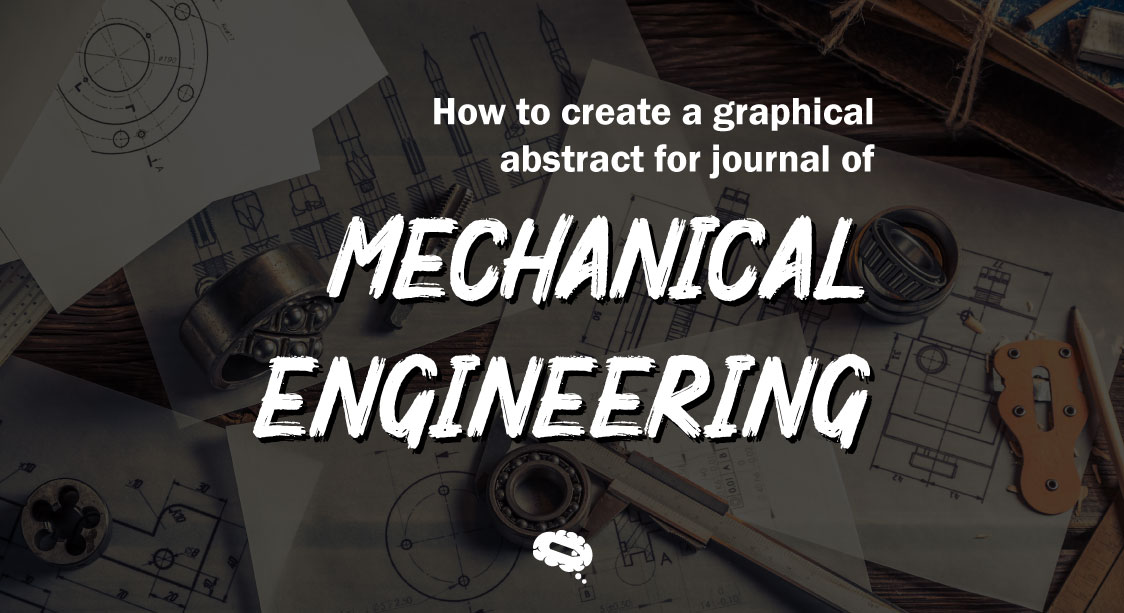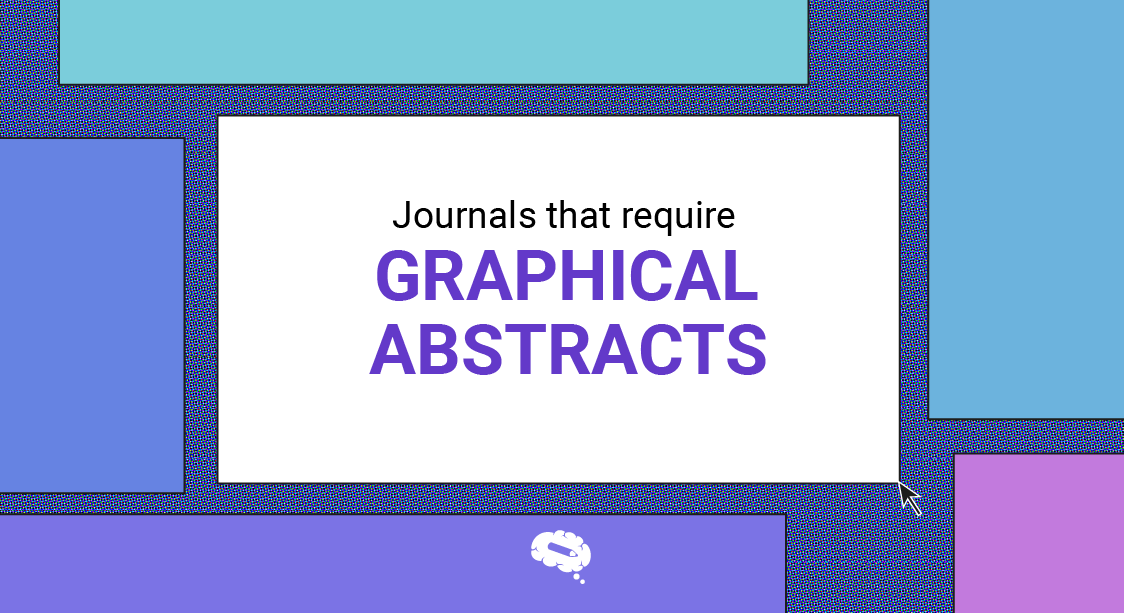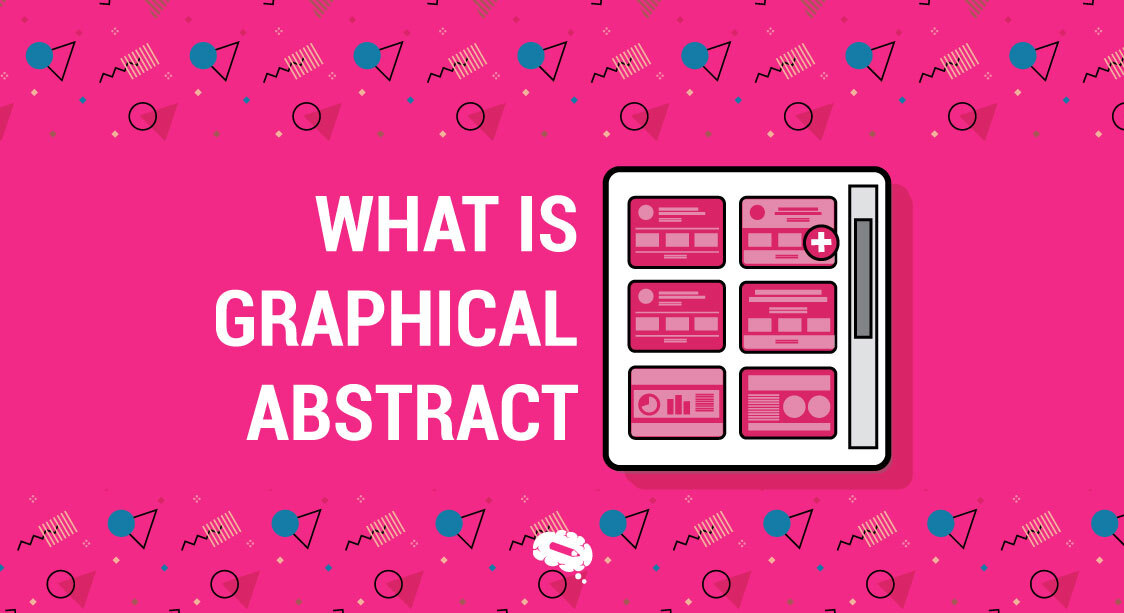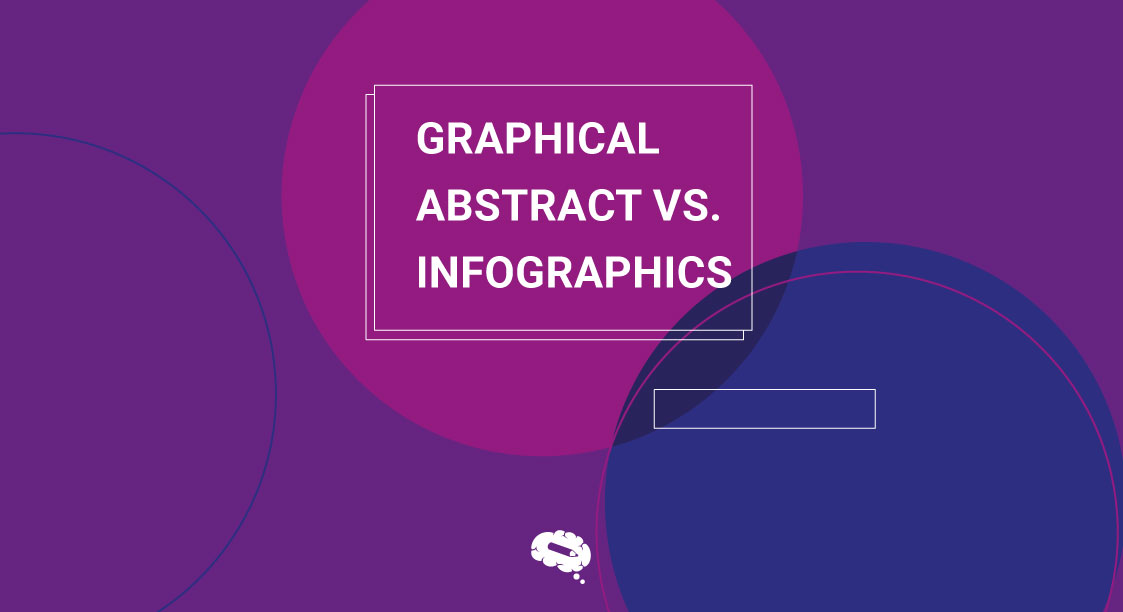Creating a compelling graphical abstract is essential for effectively communicating research in the Journal of Mechanical Engineering. A graphical abstract serves as a visual summary of your research, offering a concise and engaging way to present complex concepts. It is often the first thing readers and reviewers see, making it crucial for capturing attention and highlighting the significance of your work.
This article, titled “How to Create a Graphical Abstract for the Journal of Mechanical Engineering,” will guide you through the entire process of designing a professional and impactful graphical abstract. From understanding the specific guidelines of the journal to selecting the right design elements and tools, this article will provide you with practical steps to enhance the visibility and clarity of your research.
Understanding the Journal’s Requirements
Before diving into the creation of a graphical abstract, it is essential to understand the specific requirements set forth by the Journal of Mechanical Engineering. Each journal has its own guidelines that dictate the format, style, and content of graphical abstracts. Adhering to these standards not only ensures that your submission meets the journal’s criteria but also increases the chances of your abstract effectively conveying your research.
Specific Guidelines from the Journal of Mechanical Engineering
The Journal of Mechanical Engineering typically expects graphical abstracts to be concise, focused, and visually engaging. Here are some key guidelines to keep in mind:
- Size and Dimensions: Ensure that the graphical abstract fits within the required dimensions specified by the journal, typically around 560×1100 pixels. This allows for clarity when viewed on different devices and platforms.
- Content Focus: The graphical abstract should clearly convey the main findings or contributions of your research. Avoid overcrowding the image with too much information. Instead, highlight the core aspects that define your work.
- Text Use: Keep text to a minimum. Focus on labels, key terms, or short phrases that are necessary for understanding the graphic. The journal often prefers the use of visuals over text-heavy explanations.
- Color and Design: Use a color scheme that is professional and consistent with the journal’s standards. Avoid overly bright or clashing colors, as they can distract from the content. Make sure the design is clear and the visual elements are easily distinguishable.
- File Format: Submissions should typically be in high-resolution formats like PNG or TIFF to ensure the quality of the image is preserved during publication.
- Clarity and Simplicity: The graphical abstract should be easy to interpret at a glance. Remember, the goal is to communicate your research visually, so clarity is paramount.
Common Mistakes to Avoid
While creating a graphical abstract, it’s easy to make errors that can detract from the effectiveness of your work. Here are some common mistakes to watch out for:
- Overcomplicating the Design: Including too many details or complex visuals can overwhelm the viewer. Stick to the essentials and present your key findings in a straightforward manner.
- Excessive Text: Using too much text defeats the purpose of a graphical abstract. Avoid long sentences or paragraphs, and rely more on visuals to communicate your message.
- Poor Quality Images: Low-resolution images can make your graphical abstract look unprofessional and unclear. Always use high-quality images and ensure they are sharp and legible.
- Ignoring Journal Guidelines: Failing to follow the journal’s specific guidelines can lead to your abstract being rejected or requiring revisions. Always double-check the journal’s requirements before submission.
- Lack of Focus: Ensure that your graphical abstract highlights the main findings of your research. Avoid including unrelated or minor details that could dilute the impact of your message.
Steps to Create a Graphical Abstract
Creating an effective graphical abstract involves a combination of thoughtful content selection, design principles, and technical execution. Below, let’s break down the process into clear, actionable steps to help you create a compelling and professional graphical abstract.
1. Select Key Elements
Identifying the Core Message of Your Research
The first step in creating a graphical abstract is to distill your research into its core message. What is the most significant finding or contribution of your work? Focus on one or two key points that you want to highlight visually. The graphical abstract should be a snapshot of your research that communicates the essence of your work in a simplified form.
Choosing the Most Relevant Data and Visuals
Once you’ve identified the core message, select the most relevant data or visuals that support this message. This could include graphs, diagrams, or illustrations that clearly represent your findings. Avoid overloading the abstract with too much information; instead, choose visuals that are directly related to your main point and that can be easily understood by your audience.
2. Design Principles
Use of Color and Fonts
Color and fonts play a critical role in making your graphical abstract visually appealing and easy to read. Choose a color palette that is professional and not too distracting. Typically, two to three complementary colors work best. Make sure the colors provide enough contrast, especially if your abstract will be viewed in grayscale.
For fonts, stick to clean and simple options that are easy to read, even at smaller sizes. Avoid overly decorative fonts that may detract from the clarity of the information.
Ensuring Readability and Simplicity
Simplicity is key in a graphical abstract. Keep text to a minimum and ensure that any text used is legible. Avoid cluttering the abstract with unnecessary details or overly complex visuals. The goal is to make the abstract understandable at a glance, so prioritize clarity and simplicity in your design.
Software and Tools
Recommended Software for Creating Graphical Abstracts
There are several software options available that can help you create professional graphical abstracts:
- Adobe Illustrator: A powerful tool for creating detailed and high-quality visuals. Ideal for more advanced users.
- PowerPoint: Surprisingly versatile, PowerPoint can be a good option for creating simple and clean graphical abstracts.
- Canva: A user-friendly, web-based tool that offers pre-made templates and an intuitive design interface.
- Inkscape: Inkscape is a free, open-source vector graphics editor that provides many of the features found in Adobe Illustrator.
- BioRender: Though designed for life sciences, BioRender can be adapted for engineering visuals and provides easy-to-use templates.
- Mind the Graph: Specifically designed for researchers, Mind the Graph offers a vast library of scientific illustrations and templates that can be customized for various fields, including mechanical engineering. It’s an excellent choice for creating visually appealing and accurate graphical abstracts with minimal effort.
Basic Tutorials on How to Use These Tools
If you’re new to these tools, many online tutorials can help you get started. For example:
- Adobe Illustrator: Adobe’s official website and YouTube have extensive tutorials for beginners.
- PowerPoint: You can find many quick guides on YouTube that show how to use PowerPoint for creating graphical abstracts.
- Canva: Canva offers built-in tutorials and a straightforward drag-and-drop interface, making it accessible for beginners.
- Inkscape: The Inkscape community provides detailed tutorials, available through their official site and forums.
- Mind the Graph: Mind the Graph provides tutorials on its website, guiding users through creating effective graphical abstracts with their templates and tools.
4. Layout and Composition
Structuring Your Graphical Abstract
A well-structured graphical abstract guides the viewer through your research in a logical flow. Start by organizing your content into sections. For example, you might have a title, a central image or diagram, and supporting visuals or text around it. The layout should be intuitive and help the viewer quickly understand the main points.
The Importance of Balance and Alignment
Balance and alignment are essential for a visually pleasing and professional design. Ensure that the different elements of your graphical abstract are evenly distributed and aligned properly. A balanced composition prevents any one part of the abstract from overwhelming the rest and helps in maintaining visual harmony.
5. Final Touches and Review
Proofreading Your Graphical Abstract
Before finalizing your graphical abstract, proofread it carefully. Check for any spelling or grammar errors, ensure that the data is accurate, and verify that the visuals align with your research findings. Even minor mistakes can detract from the professionalism of your abstract.
Seeking Feedback from Peers
Finally, seek feedback from your peers or colleagues. They may spot issues you missed or provide valuable insights on how to improve the clarity and impact of your graphical abstract. Peer feedback can be particularly helpful in ensuring that your abstract is understandable to those not directly involved in your research.
How to Create a Graphical Abstract for the Journal of Mechanical Engineering with Templates
Creating a graphical abstract for the Journal of Mechanical Engineering using Mind the Graph can help effectively communicate the key findings of your research. Here’s a step-by-step guide to creating an impactful graphical abstract using Mind the Graph’s templates:
1. Sign Up and Access Templates
- Create an Account: If you haven’t already, sign up for a Mind the Graph account at Mind the Graph.
- Explore Templates: Once logged in, navigate to the template library. Mind the Graph offers a range of templates specifically designed for scientific visuals, including those suitable for mechanical engineering.
2. Select an Appropriate Template
- Choose a Template: Browse through the available templates and select one that best fits the theme of your research. Look for designs that emphasize clarity and focus, as these will help in succinctly conveying your research findings.
- Template Customization: Ensure that the template you choose is adaptable to the specifics of your study. Mechanical engineering topics often involve complex processes or systems, so select a template that allows for detailed, yet clear, presentation.
3. Design Your Graphical Abstract
- Summarize Key Points: Before diving into design, outline the core messages of your research. Identify the key components, such as hypotheses, methods, results, and conclusions.
- Use Visual Elements: Incorporate Mind the Graph’s visual elements such as icons, charts, and illustrations. For mechanical engineering, this might include schematics, flowcharts, or equipment diagrams.
- Customize Text and Labels: Add concise text to describe each part of the visual. Use simple and direct language to ensure the abstract is understandable at a glance. Mind the Graph provides customizable text fields for this purpose.
4. Incorporate Engineering-Specific Graphics
- Integrate Engineering Diagrams: If your research involves specific mechanical systems or experimental setups, use Mind the Graph’s library of engineering-related graphics to represent these accurately.
- Highlight Key Data: Use charts or graphs to visually represent data. Mind the Graph’s tools allow you to create and integrate these elements directly into your graphical abstract.
5. Enhance Visual Appeal
- Optimize Colors and Layout: Choose colors that enhance readability and ensure that the layout is logical and easy to follow. Mind the Graph provides color schemes and layout options to make your abstract visually appealing.
- Ensure Consistency: Maintain consistency in font, colors, and style throughout the graphical abstract to create a cohesive and professional appearance.
6. Review and Finalize
- Proofread and Revise: Double-check your graphical abstract for accuracy and clarity. Ensure that all elements are correctly labeled and that the visual summary accurately reflects your research findings.
- Export and Submit: Once you are satisfied with the design, export the graphical abstract in the format required by the Journal of Mechanical Engineering. Mind the Graph offers various export options to fit different publication requirements.
7. Submission
- Follow Journal Guidelines: Ensure that your graphical abstract meets all the submission guidelines specified by the Journal of Mechanical Engineering. This includes checking dimensions, resolution, and file format.
Tips for Success
Creating an effective graphical abstract for the Journal of Mechanical Engineering involves more than just design; it’s about clearly communicating your research in a visually engaging way. Here are some additional tips and tricks for success, along with common pitfalls to avoid:
- Keep It Simple
- Focus on Key Points: When figuring out how to create a graphical abstract for the Journal of Mechanical Engineering, distill your research to its essential elements. Avoid clutter by highlighting only the most critical aspects of your study.
- Minimalist Design: Use space wisely. A clean, minimalist design often communicates the message more effectively than one crowded with details.
- Use Clear Visuals
- Choose Relevant Icons and Images: Use images, icons, and diagrams that directly relate to your research. Mind the Graph offers a library of scientifically relevant visuals that can help illustrate your points.
- Make Data Visual: Represent data through charts or graphs where possible. This helps readers quickly grasp the significance of your findings.
- Incorporate Text Wisely
- Be Concise: Use short, descriptive phrases rather than long sentences. Your goal is to complement the visuals, not overwhelm with text.
- Legibility: Ensure that text is readable by choosing appropriate fonts and sizes. Avoid overly complex jargon; use accessible language where possible.
- Ensure Logical Flow
- Organize Information: Arrange the elements of your graphical abstract in a logical sequence that mirrors the structure of your paper (e.g., problem, method, results, conclusion).
- Use Arrows and Connectors: Employ arrows or lines to guide the viewer through the information flow, ensuring a clear narrative.
- Optimize for Accessibility
- Color Contrast: Use high-contrast colors to make your graphical abstract accessible to those with visual impairments.
- Consistent Style: Maintain a consistent style and color scheme throughout to create a cohesive and professional look.
- Test for Impact
- Get Feedback: Before finalizing, seek feedback from colleagues or peers. They can provide insights into how effectively your graphical abstract communicates the main points.
- Preview in Context: Check how your graphical abstract looks when integrated into the Journal of Mechanical Engineering’s submission system or as part of your manuscript to ensure it fits well and appears as intended.
Common Pitfalls to Avoid
- Overloading Information
- Avoid Complexity: When learning how to create a graphical abstract for the Journal of Mechanical Engineering, including too much detail can overwhelm viewers. Focus on summarizing key points rather than providing exhaustive information.
- Minimize Text: Excessive text can detract from the visual appeal and effectiveness. Aim for a balance between visuals and text.
- Neglecting Design Principles
- Poor Layout: Disorganized layouts can confuse readers. Ensure a clean, structured arrangement that guides the viewer’s eye logically through the content.
- Inconsistent Style: Using mismatched fonts, colors, or styles can make your abstract look unprofessional and disjointed.
- Ignoring Journal Guidelines
- Format Issues: Different journals have specific requirements for graphical abstracts. Failing to adhere to these can lead to rejection or additional revisions.
- Resolution Problems: Ensure that the resolution of images and graphics is high enough to maintain clarity in the final submission.
- Inadequate Visual Quality
- Blurry Images: Low-quality or pixelated images can detract from the professionalism of your graphical abstract. Always use high-resolution graphics.
- Inappropriate Graphics: Using visuals that are not directly relevant to your research can confuse viewers. Ensure all graphics are purposeful and aligned with your key messages.
- Lack of Testing
- Ignoring User Experience: Failing to test the graphical abstract with actual viewers can lead to missed issues. Collect feedback to address any potential misunderstandings or design flaws.
Maximizing the Impact and Visibility of Your Graphical Abstract
Creating a visually appealing and informative graphical abstract is crucial, but ensuring it reaches and resonates with your intended audience is equally important. Here are some strategies to maximize the impact and visibility of your graphical abstract:
1. Leverage Social Media and Academic Networks
- Share on ResearchGate and LinkedIn: Post your graphical abstract on academic networking sites like ResearchGate and LinkedIn. These platforms are frequented by researchers and can help in disseminating your work to a broader audience.
- Engage with Online Communities: Join forums and groups related to mechanical engineering and share your graphical abstract there. Engaging in discussions and sharing insights can increase visibility and foster collaborations.
2. Optimize for Search Engines
- Use Keywords: Include relevant keywords in the caption or description of your graphical abstract when posting online. This improves searchability and helps others find your work through search engines.
- Metadata: Ensure that any file metadata includes pertinent keywords and descriptions. This can improve discoverability when your graphical abstract is uploaded to databases or online repositories.
3. Incorporate Feedback and Continuous Improvement
- Solicit Feedback from Peers: After creating your graphical abstract, get feedback from colleagues or mentors. They can offer suggestions for improvement and identify any areas that may need clarification.
- Update as Needed: Based on feedback and new developments in your research, be prepared to update and refine your graphical abstract. Continuous improvement helps keep your work relevant and accurate.
4. Align with Journal and Conference Standards
- Follow Submission Guidelines: Ensure that your graphical abstract adheres to the submission guidelines of the Journal of Mechanical Engineering or any conference where you plan to present it. This includes formatting, size, and resolution.
- Highlight Key Findings: Tailor your graphical abstract to emphasize the most significant findings of your research, as recommended by the journal or conference’s focus. This alignment ensures that your abstract captures the attention of reviewers and readers.
5. Utilize Additional Visuals and Resources
- Create Supplementary Materials: Consider developing additional visual resources such as animations or interactive diagrams that complement your graphical abstract. These can provide deeper insights into your research and engage viewers more effectively.
- Educational Content: If appropriate, create short educational videos or infographics that explain the concepts illustrated in your graphical abstract. Sharing these resources can further enhance understanding and reach a wider audience.
6. Foster Collaboration and Outreach
- Collaborate with Others: Partner with researchers or institutions to co-create or promote graphical abstracts. Collaborative efforts can expand the reach and impact of your work.
- Attend Conferences and Workshops: Present your graphical abstract at conferences and workshops to gain exposure and network with professionals in your field. Physical and virtual events offer opportunities to discuss your work and gather valuable feedback.
Your Graphical Abstract Ready Within Minutes!
Mind the Graph simplifies the creation of graphical abstracts by offering an intuitive drag-and-drop interface, extensive libraries of scientific visuals, and customizable templates tailored for various research fields. Scientists can quickly integrate data, customize layouts, and export their work in various formats, saving time and enhancing the clarity of their research presentations. The platform also supports collaboration and feedback, making it easy to refine and finalize graphical abstracts efficiently. Start now free.

Subscribe to our newsletter
Exclusive high quality content about effective visual
communication in science.








